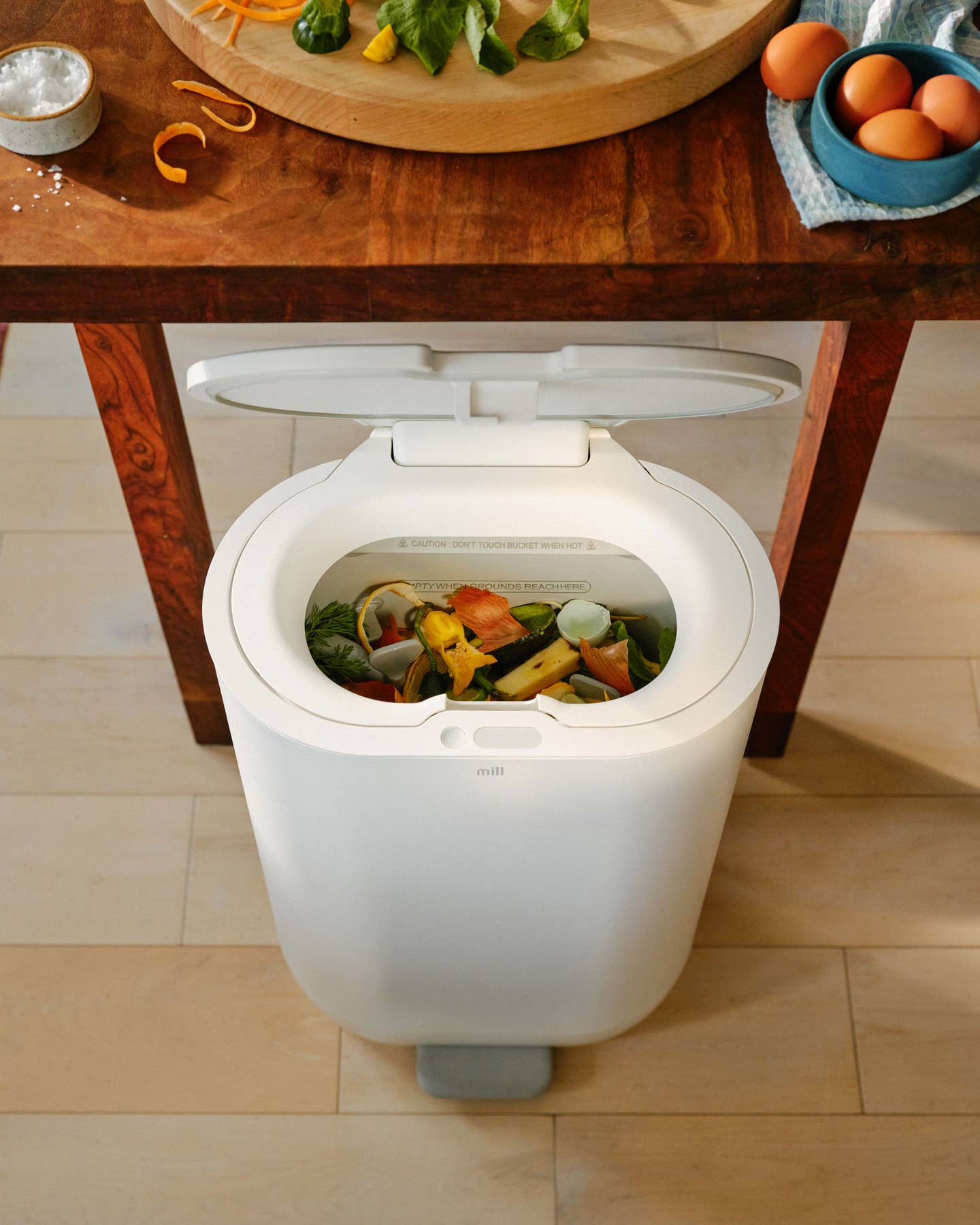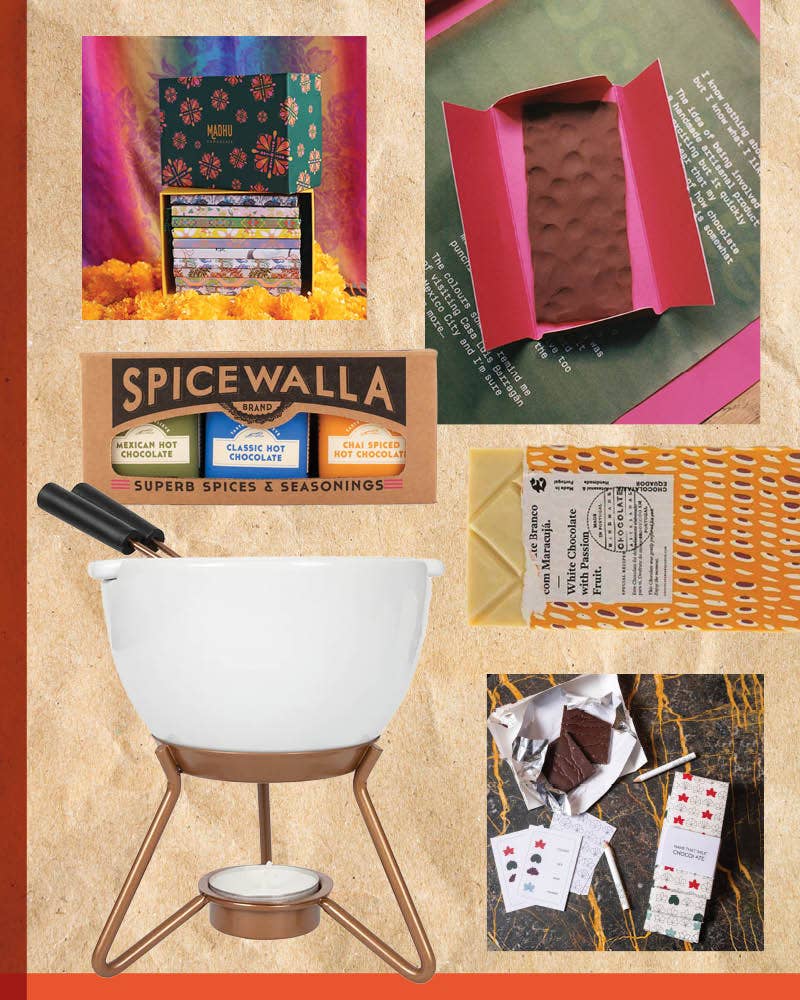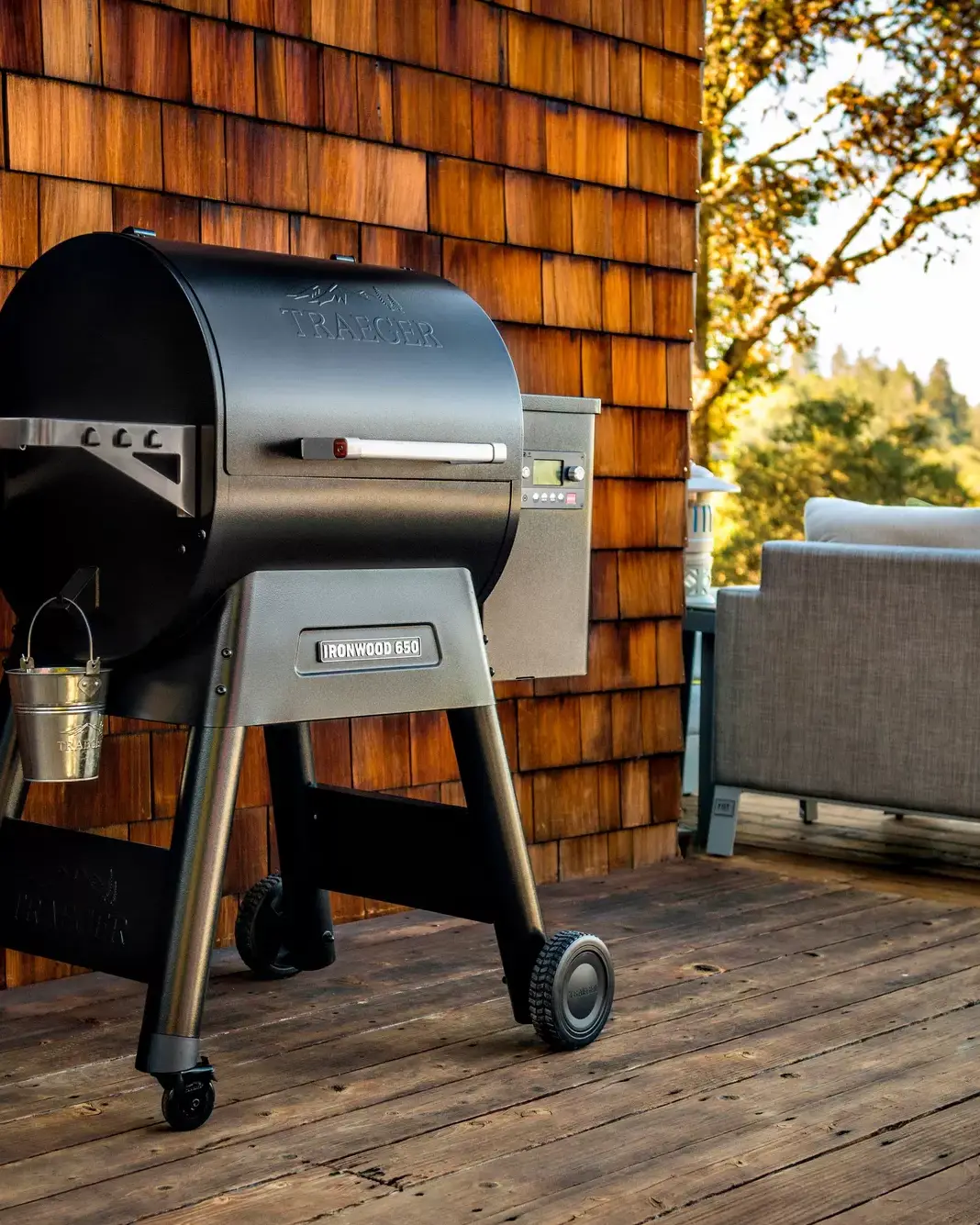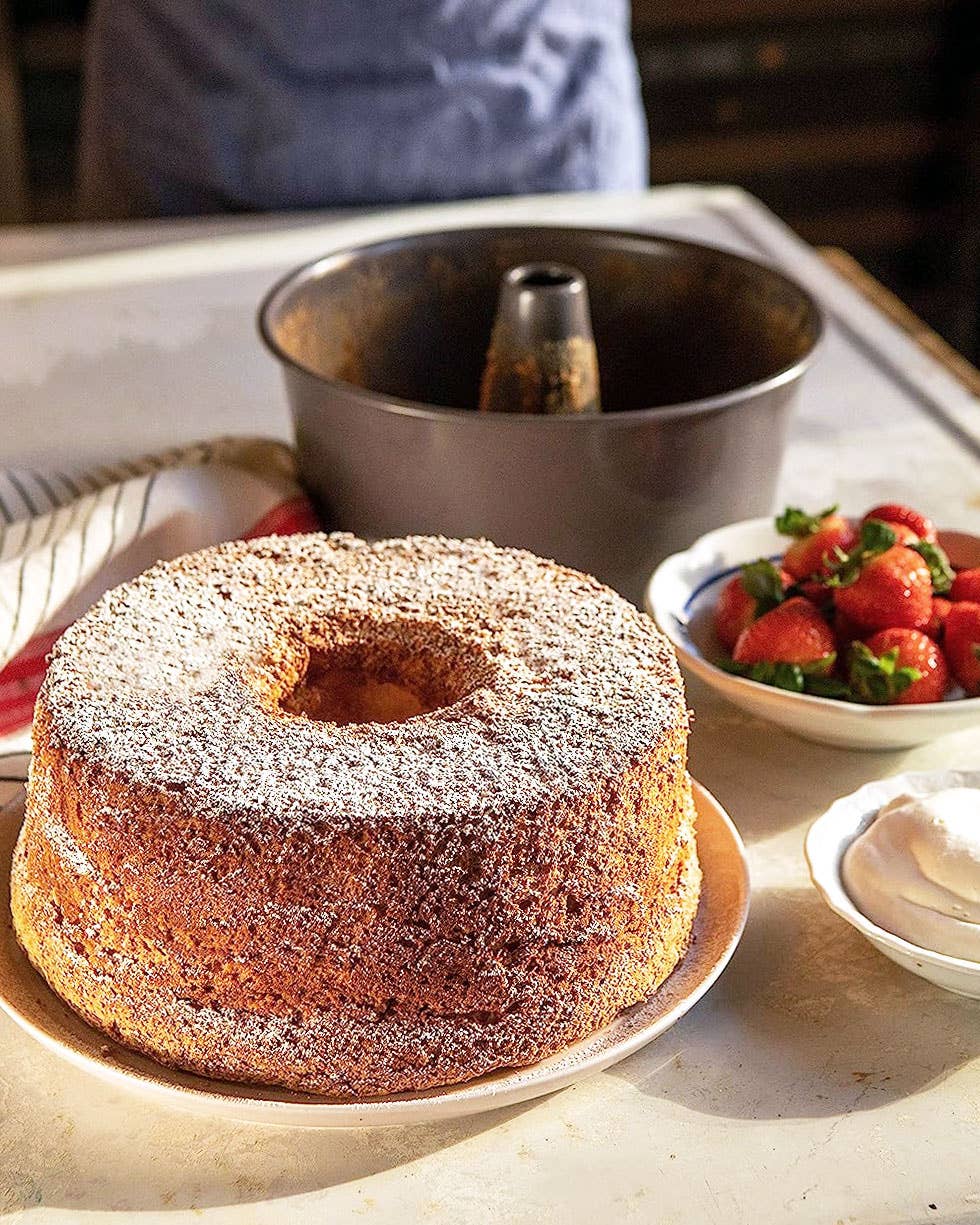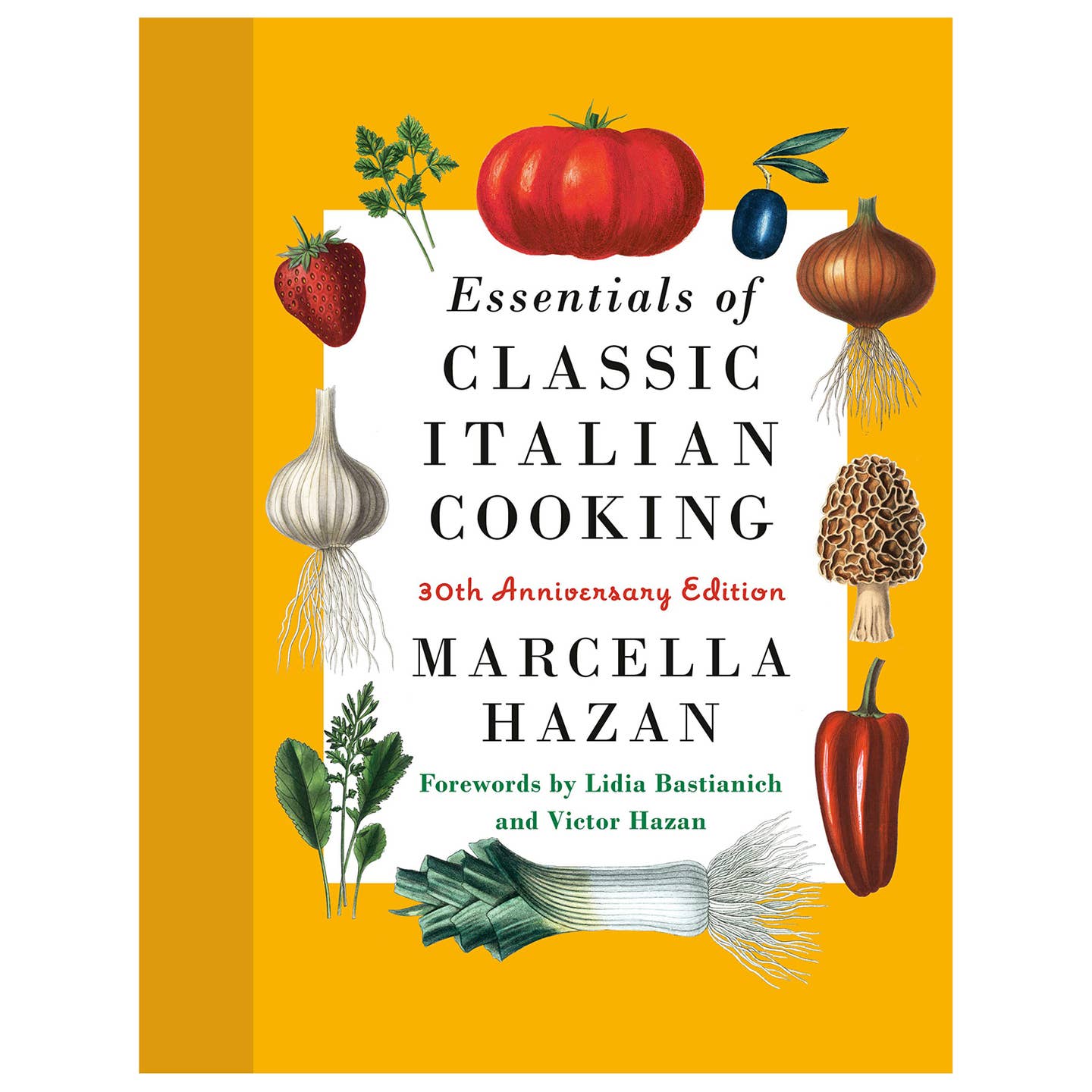Chefs and Restaurateurs Sound Off on the Best Juicers
Because the juice is always worth the squeeze.
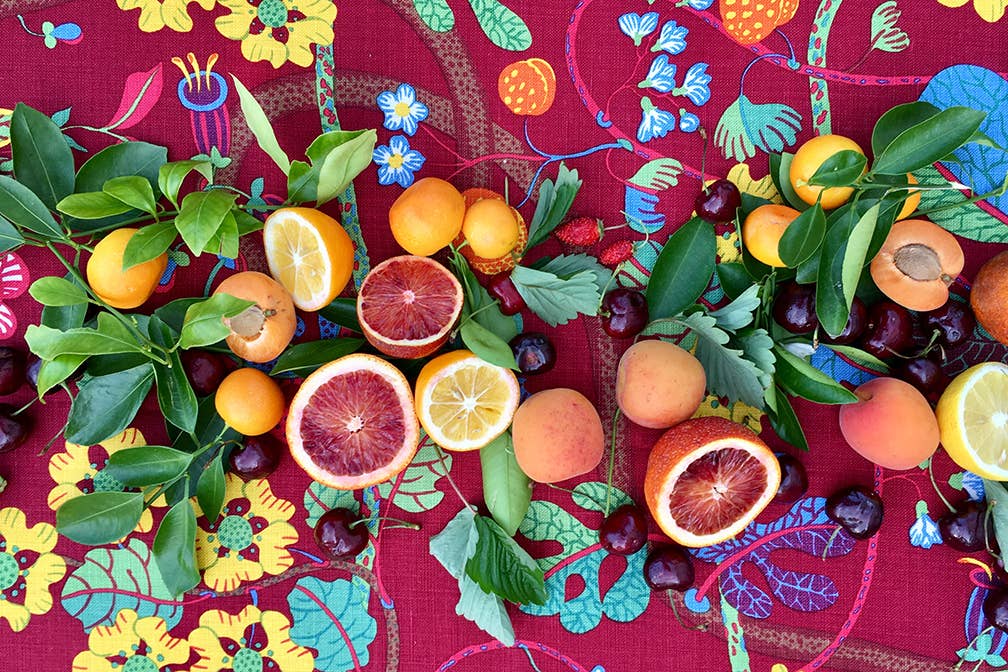
There’s nothing quite like a glass of fresh-squeezed juice. In a world where many of us have grown accustomed to meal-prepping at home, gone are the days of running out to buy a $12 blend. After all, why bother with a gratuitous (and expensive) errand when there are so many quick, affordable, and easy-to-clean juicers that allow you to make your very own batch from scratch, with plenty leftover? We reached out to Jill Donenfeld, co-founder of private-chef service The Culinistas, and Lisle Richards, co-owner of NYC fast-casual cafe Village Den, to get their expert recommendations for the best juicers to buy now, and did some research of our own, too.
- Best Overall: Breville The Juice Fountain Cold Plus
- Best for Easy Cleanup: Hurom Masticating Slow Juicer
- Best Splurge: Omega VSJ843QS Vertical Juicer
Features to Keep in Mind When Shopping for Juicers
Centrifugal vs. slow juicers: Known as “fast juicers,” centrifugal juicers use high-speed centrifugal force to blend fruits and veggies, rendering them ideal for those who want immediate results. Slow (masticating) juicers, on the other hand, use a rotating gear and screen, but extract more nutrients and a higher yield — this is especially helpful for hard-to-juice citrus fruits.
Pulp vs. no pulp: We all have our preferences. Though many prefer no-pulp juice, pulp contains fiber, which regulates blood sugar levels. If you detest pulp regardless, then opt for a slow juicer, which produces a smoother tasting drink without the pesky bits of fruit.
Easy cleaning: Because slow juicers produce less pulp, they also happen to be the easiest to clean. The fast pace of centrifugal juicers means more pulp, and unfortunately, more mess. “It’s easiest to clean a juicer after it's been soaked in warm, soapy water for a couple of minutes,” says Richards.
Our Top Picks
Best Overall: Breville The Juice Fountain Cold Plus
Best Overall
The Breville Juice Fountain is a go-to for many die-hard juicers, as it gives you the speed of the centrifuge and the rich, pulp-free taste of a cold press — the best of both worlds. With a unique space-saving design in brushed stainless steel, an extra-wide chute for shorter prep, and a custom nozzle for easy pouring, it’s sleeker-looking than most models, as well as highly functional (the capacity is a whopping 70 fl oz, considerably more than your average juicer). Plus, since it only comes with a couple of pieces, it’s relatively painless to clean too. It’s no wonder, then, that everyone from chefs to nutritionists cite it as their favorite.
Best for Easy Cleanup: Hurom H101 Easy Clean Masticating Slow Juicer
Best for Easy Cleanup
If you want delicious juice without making a mess, then this Hurom H101 Easy Clean Slow Juicer is for you (yes, the product name says it all). Featuring specially-designed groove strainers that don't catch excess pulp and a special outlet that gets rid of pulp caught inside the chamber, as well as a fine and coarse straining option so you can alter the amount of fruit to your taste preferences, it’s a top-of-the-line gadget. Pricey, yes, but just imagine the time you’ll save on cleaning. The quiet motor is an added bonus.
Best Splurge: Omega VSJ843QS Vertical Slow Masticating Juicer
Best Splurge
The crème de la crème of juicers, the Omega VSJ843QS Vertical Slow Masticating Juicer does it all. Mainly, it uses a patented Slow Squeezing Technology to give you the maximum amount of nutrients from a minimum amount of fruit, while simultaneously leaving less pulp (if that’s your thing). This machine will squeeze the good stuff from anything, be it leafy greens or almonds. The 15-year warranty certainly doesn’t hurt either.
Ask the Experts
What is the benefit of using an electric juicer over a handheld one?
To put it simply, “An electric juicer is simply less work,” says Donenfeld. Adds Richards: “It’ll give you a healthy serving of juice with minimal effort.”
What’s the best way to clean a juicer?
While the best juicers come equipped with cleaning tools, Donenfeld advises using a toothbrush to clean your juicer with soap and warm water in a pinch. And don’t fret about stains, either. “If you’re juicing with beets and turmeric on a regular basis, the juicer will stain eventually, but it won’t affect the taste,” she says. “A friend of mine who juiced for 108 days during the pandemic views it as a badge of juicing honor.”
Donenfeld has been making juice by combining beets with tamarind-ginger water and lemon juice. “Boil sliced ginger and a tamarind pod in water, then strain, cool, and mix with juiced beets and lemon juice,” she says. For his part, Richards prefers green juice with some spice. “I use celery, apple, parsley, kale, and ginger for a little kick,” he says. “I also add cayenne to aid in digestion.”
Keep Reading
Continue to Next Story




